 The Cours Mirabeau, a wide thoroughfare The Cours Mirabeau, a wide thoroughfare with fountains and double rows of plane trees. Here we were in Aix-de-Provence. Now this was the place. The energy was palpable. The streets glowed, the sun was bright, there was a youthful vigour, people were shopping and smiling and strolling the promenade. Aix-en-Provence, with a population of 142,000 — 40,000 of which are students from four universities — is pulsating with vibrant energy. With a captivating mix of history — 2,000 years of it — the city, in the Provence-Alpes-Cote d’Azur region, is divided by the Cours Mirarbeau, a 440-metre-long and 42-metre-wide pedestrian thoroughfare, with fetching plane trees, public squares, fountains and elegant outdoor cafés full of people sitting and sipping and chatting the days away. Hands down my favourite thing about France (besides the food and wine, obv.) were the windows, doors and shutters. In China it was the roofs, here I couldn't get enough of the fantastic French facades. The trees — I had never seen trees like this and I was quite taken by them. There weren't many leaves but no matter, it was the forked branches that jutted like the Bob Fosse jazz hands that I found so enchanting. Plane trees — quintessentially Provence.
6 Comments
 I fell in love with the doors in France. Here is a perfect example of why. Granted, I was in a medieval village, and everywhere you looked it was just spectacular. Les Baux de Provence is one of 157 villages that has been designated the ethereal-sounding title of "One of the Most Beautiful Villages in France." This is a stringent process with a four-stage evaluation that aims to protect a village's heritage.  The deep history of this medieval fortress stretches way back, some say to 6000 BC, with feuding lords, princes and princesses and an alluring lineage. Stroll the narrow, cobblestone streets and take in the old structures, the chapels, the cemetery and the stone ruins and be transported to the Middle Ages. The castle is quite the sight, overlooking the plains and covering an area of 7 hectares. Wandering around the small, gothic village of Saint-Remy-de-Provence, I just happened to happen upon Nostradamus' house. Well OK I had heard it was there, but walking through the narrow, cobbled backstreets, I mused at the fact that I almost walked by his birth home, so unassuming save for a plaque above the door. It was incredible to think that this fascinating man, teller of tales and prophecies, someone who affected the world so tremendously with his telling predictions, was born hundreds of years ago in the home right in front of me.
It was quite a rush walking through the very hallways and the wheat fields where Vincent Van Gogh had painted some of his best works at the Saint-Paul-de-Mausole psychiatric hospital, in Saint-Remy-de-Provence. He suffered from mental-health issues and voluntarily admitted himself into the ward in 1889. Painting is therapy, and when he was well enough to paint, he created 150 works during his one-year stay at the hospital, many of which became famous.  What was most thrilling was seeing the olive trees portrayed in his famous series of nearly 20 paintings of the same name. The Dutch post-impressionist painter was captivated by the olive trees, and I must say, so was I. The gnarled trunks, the fluffy leafs, the curvatures and the ancient feel to their auras. They really were beautiful. This must have been just where Van Gogh stood, as the view looks the same as the painting (how incredible is that??) He also painted the lilacs and irises he saw in the closed-in gardens, and when he was given permission to walk out a little farther, he painted the countryside, the wheat fields and olive groves. I recently learned of an incredible resource for VVG lovers and for art lovers all around. For those wanting to learn and see more of Van Gogh's works, visit Artsy. This impressive site is great for art collectors, featuring artists and galleries and museums from all over the world, and it has a page of course devoted to Van Gogh, with a collection of his gorgeous paintings and some cool articles and blogs. Check it out here.  It's pretty obvious why Roussillon is on the list of "Most Beautiful Villages in France," an actual designation given to the prettiest of the bunch that adhere to a strict list of 27 criteria. I was able to visit a few of these villages of the 152 with this official designation and each one, from an aesthetic standpoint, rightfully deserved to be on that list. Roussillon looks like it is out of picture book. From the ground to the brick to the rooftops to the flowers to the homes, to that view, just breathtaking. Ochre deposits found in the clay give the village that stunning pinky-orange colour.  My jaw dropped the moment we got to the city centre of Avignon. This papal city dates back 5,000 years. The medieval Roman sites and ruins stand majestic overlooking the centre and make me think of Rome. The sheer grandiosity symbolizing just how important this city was so many centuries ago. Caught in the rays of sunshine, the Notre Dame de Doms cathedral’s gilded statue of the Virgin – added in the 19th century – casts a divine impression on the 12-century cathedral. Dating back to the 14th century, the Popes’ Palace is just massive, and said to be the largest gothic palace in Europe. Its size, with 15,000 square metres of floor space, is said to symbolize the pontifical power in the city. Visitors can explore the 25 rooms where the many popes who lived there had their private quarters and were entertained by great banquets and theatrical shows. The sheer grandeur of the Pont du Gard is awe-inspiring. To hear the story of how this ancient aqueduct bridge came to be from our incredibly prolific guide Alejandro was a real treat. The Romans built this 50-kilometre-long aqueduct to carry water from the springs in Uzes to the people of Nimes in the 1st century AD. I loved taking in this architectural feat and contemplating how ancient it was. The aqueduct was built for the most part underground, but further complicating this massive undertaking was the fact that the terrain from A to B had hills and could not be built in a straight line. The route had to be diverted and wind across a gorge, thus creating the need for an aqueduct bridge. The aqueduct had to carry the water at just the right gradient along all of these hills to sustain the flow of water, and so the Roman engineers had to contemplate the depressions in the landscape. If the aqueduct were too steep, the water would run too fast, bursting the pipes. If it were built too low, the water wouldn't flow. The accuracy behind its construction ... Truly fascinating stuff.  They say the aqueduct carried 2 million litres of water a day and took 15 years to build. The Pont du Gard is surrounded by a beautiful and "sensitive" landscape that was rehabilitated in 2000. If you like to walk among the serene hills of the Mediterranean, leave extra time to explore the grounds around the bridge -- it is just gorgeous. Go off the paths ... there is so much to discover. You can detect traces of the work done by the men who cleared the forests to plant wheat, vineyards and olive trees. It's all there to see still, and the area is a beautiful, living testimony to its agrarian past. The breeze felt so fresh on my face. I ate a bull steak. No bullshit! Or bullcrap. Or bull-ogna. Not entirely a steak person, I took the bull by the horns on this one. We all marvelled about being in the land of bull fighting, a traditional event that dates to the 19th century in Nimes and Arles in the south of France, and eating bull steak. Ciele du Nimes is a delicious restaurant on the top floor of the Le Carré d’Arté, a contemporary cultural centre across from the ancient Maison Carrée, a Roman temple built in the 16th century. This juxtaposition of ancient and modern is a remarkable site, especially since Le Carre d'Art is mirrored, and so the reflection of this grand historical structure is reflected on the modern structure. Very cool. We also were served codfish as well -- the fish appeared many times on our plates throughout the trip, and I loved it. And believe it or not, that is the cod below:  Check out the way I ate it: All moussed and fluffy. Damn it looks like gefilte fish but I am certainly not discriminating against that, says the proud gefilte fish lover. With a fluffy underbelly of moussed zucchini and a red pepper sauce, the Ciele du NImes was fast winning our hearts. And then there was dessert. Oh gawd our first dessert. Lemon meringue -- mon dieu. Unbelievably rich. Unbelievably tasty. While exploring Nimes, we happened on some pretty majestic Roman architecture, said to be some of the best preserved in the world. |
Jennifer Bill
Published journalist, world traveller, big thinker, fun haver Archives
May 2014
Categories
All
|


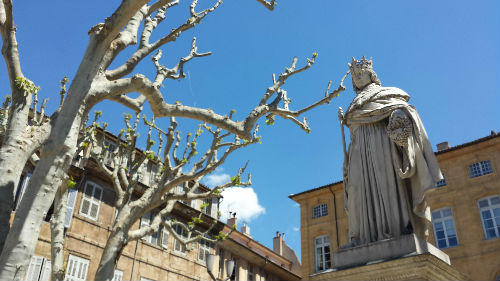








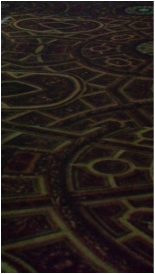






















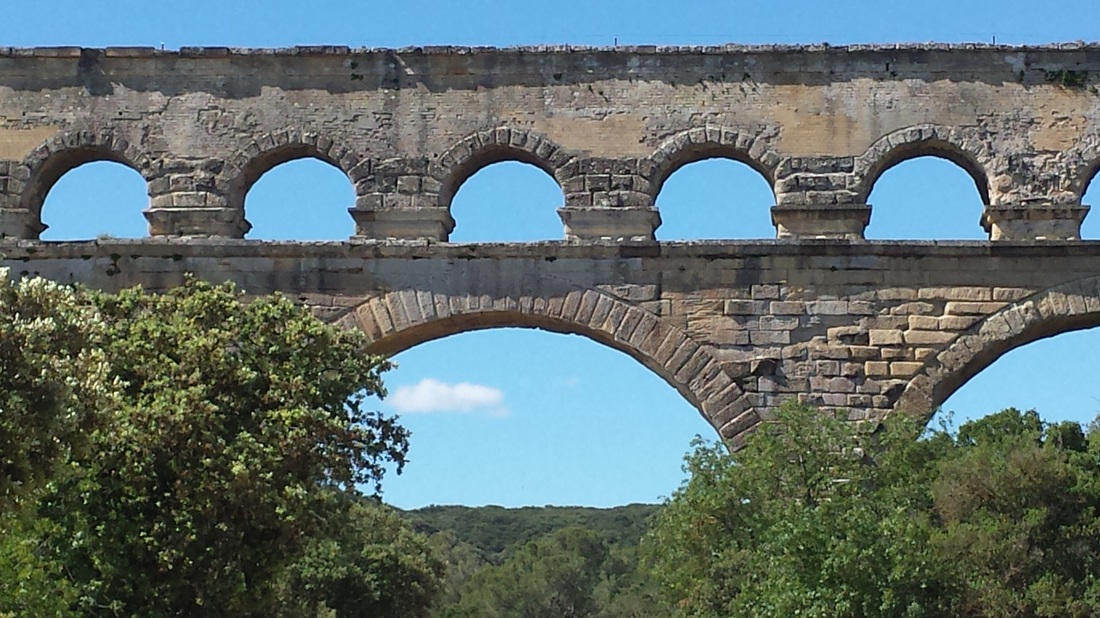

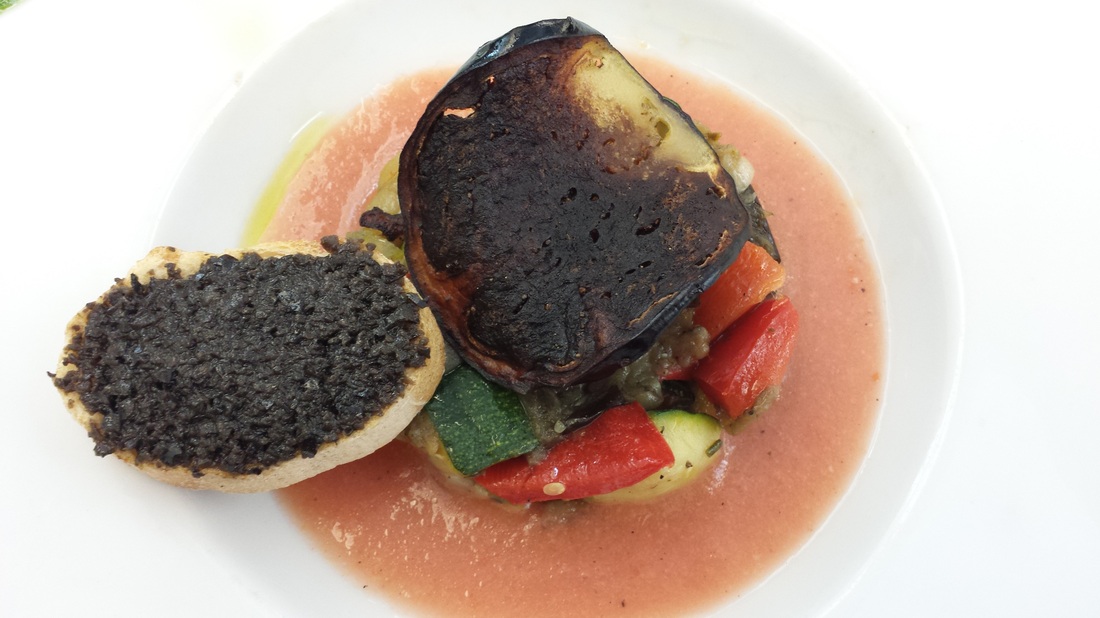

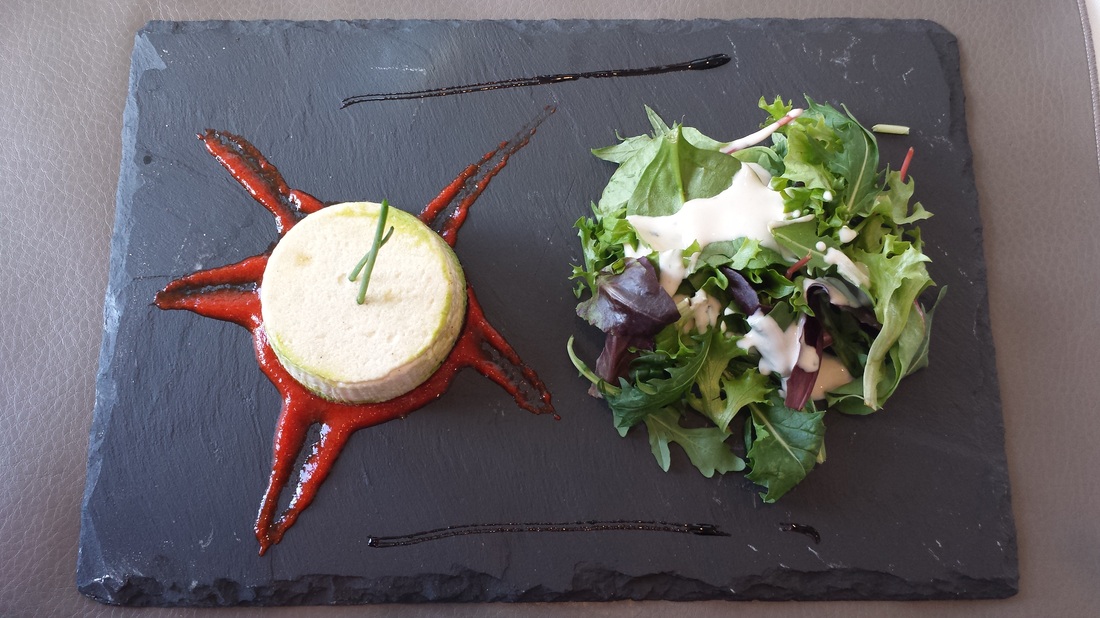



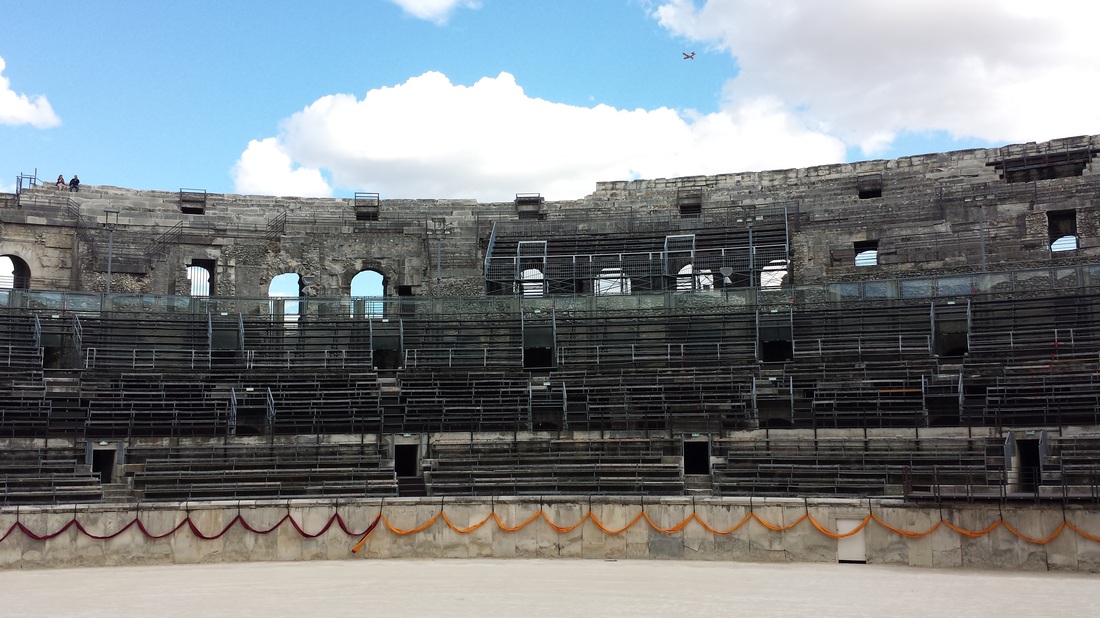

 RSS Feed
RSS Feed